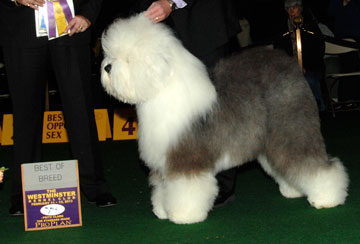 It can be a heartbreaking sound to hear your new puppy crying and whining from his crate, even though the training is for his own benefit and good. When you bring that new furry friend home, the last thing you want to do is think that you are hurting it in some way. Trust me, you are not hurting them at all. Crate training is one of the most important ways to teach the pup about the ways of your household. Especially when the puppy is not even potty trained yet, crate training can be a blessing for your rugs!
It can be a heartbreaking sound to hear your new puppy crying and whining from his crate, even though the training is for his own benefit and good. When you bring that new furry friend home, the last thing you want to do is think that you are hurting it in some way. Trust me, you are not hurting them at all. Crate training is one of the most important ways to teach the pup about the ways of your household. Especially when the puppy is not even potty trained yet, crate training can be a blessing for your rugs!
As important as crate training may be to your pup, it is equally as important to make sure they don’t learn that it is a punishment. There are a few ways that you can comfort your soon to be new best friend to let him know that it is okay to be in the crate, even for extended periods of time. For example, if you are working owner who may be out of the home for 8 hours at a time, it is crucial that your dog learns from an early age that the crate is just his safe haven during the day. Making the puppy/dog feel safe and loved is your number one priority.
Make Sure Puppy Has a Full Belly
Just like a baby, if your puppy has hunger pangs, it will be that much harder to settle down, get comfortable, and relax.
Go Potty First
Again, just like a baby, if your puppy has to go to the bathroom because you’ve now fed him, he won’t be able to relax (or he will have an accident in the crate and you don’t want that!) After you’ve fed him is the perfect time to take him outside to do his business, then put him in his crate.
Cover Crate with a Blanket
It can be very distracting to a puppy to see you walking around, ignoring him when all he wants to do is be with you and play. Covering the crate with a blanket or towel will help him to relax and he will start to learn that he’s “in for a bit”.
Have Appropriate Size Crate
You wouldn’t put a 50 pound dog in a crate that’s meant for a Chihuahua would you? No, and the same goes for a puppy. Make sure you use a crate that is appropriate for his size. If he is in one that is meant for much larger dogs, the area is too big and the pup will not feel safe.
Following these tips will help you on your way to having a comforted, happy puppy, who understands that it’s okay and perfectly normal to be in his little home. It will take consistency and patience, but the last thing you want to do is run to it’s rescue when he cries. This will only teach him that if he whines or barks that you come running! In addition to consistency, it should only take a few days for your new puppy to learn to not only like his crate, but feel completely comfortable and safe.






[…] Crating Puppy The Right WayAll Pet News (blog)You can leave a response or trackback to this entry It can be a heartbreaking sound to hear your new puppy crying and whining from his crate, even though the training is for his own benefit and good. When you bring that new furry friend home, … […]
A SnugglePuppie does the trick every time! Great for full grown dogs too.
See them at Snuggleme.com
Thanks for this information. Helped me alot. Thanks again.
Comments are closed.